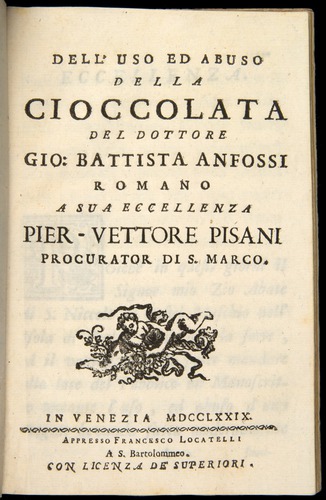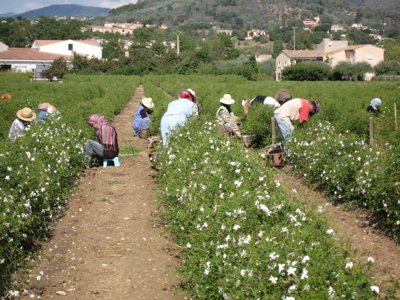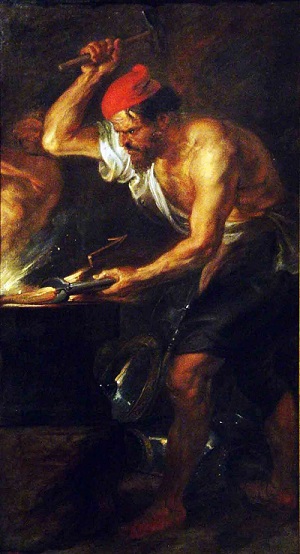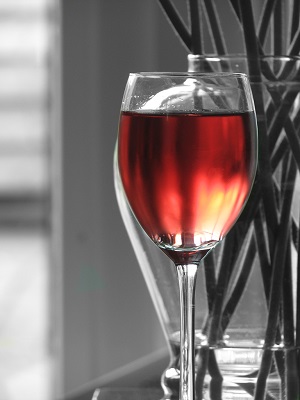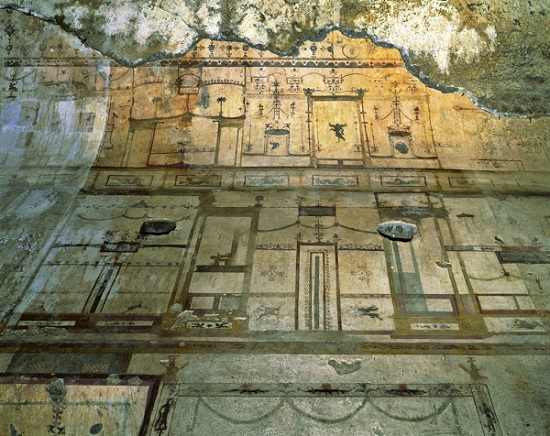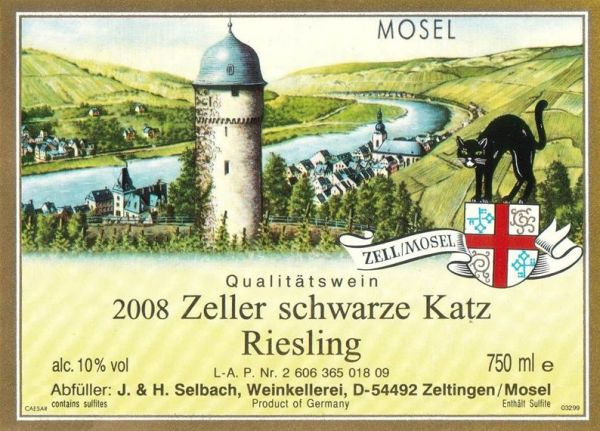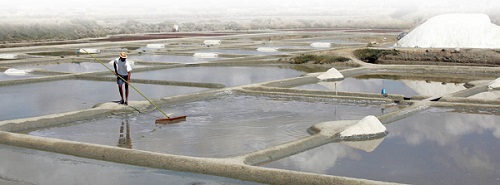I love reading historical travel accounts and diary entries, especially about the Mediterranean and here is a small extract from Goethe about Sicily which I wanted to share with you….
Towards the end of the 18th century, Johann Wolfgang von Goethe, who loved travelling in Italy, kept a diary recording some of his impressions from his travels in southern Europe, In his Italian Journey the entry for April 13, 1787, he tells us about some of the thoughts that occurred to him during his visit to Palermo, about the weather, the culinary specialties and about Sicily’s importance in general:
“One cannot think of Italy without having a picture of Sicily in your heart: this is the key to everything. One cannot praise the climate enough: it is the rainy season at the moment, but even so, there are breaks in the rain; it is thundering and lightning today and everything is turning very green. Some of the flax is already turning in bud, the rest is in bloom. The flax in the fields below is such a beautiful shade of bluish-green that it looks as if there are little pools of water in the valleys. There are countless charming sights! …
I have as yet said nothing of the food and drink hereabouts despite the fact that this is a matter of some significance. The garden produce is wonderful – the lettuce, especially, is extremely tender and tastes like milk; you can see why the ancients called it Lactuca. The oil and wine are all very good and could be even better of more care were taken in their preparation. Fish are of the best and tenderest. We have also enjoyed very good beef this time if it is normally not much praised.”
Eleven days later, on April 24, during a visit to Girgenti, Goethe observes the local method of pasta making:
“Since there are no inns here, a hospitable family made room for us and accommodated us in a raised alcove in a large room. A green curtain separated us and our luggage from other members of the household, who were preparing pasta in the main room. This was pasta of the finest, whitest and smallest kind, the most expensive kind, which after first being shaped into long ribbons the length of an arm, were then twisted by nimble young girls’ fingers into a spiral shape.
We seated ourselves with the pretty children and had the process explained to us. We learned that they were made out of only the best and strongest wheat, grano forte. The process is done mainly by hand rather than by machine or mold. They then cooked us the most delicious pasta dish, whilst at the same time regretting that their stores did not include a dish comprising the most perfect of all pastas, a pasta that could not be made by anyone outside Girgenti, indeed anyone outside their own home. This was said to be unparalleled in whiteness and delicacy.”


